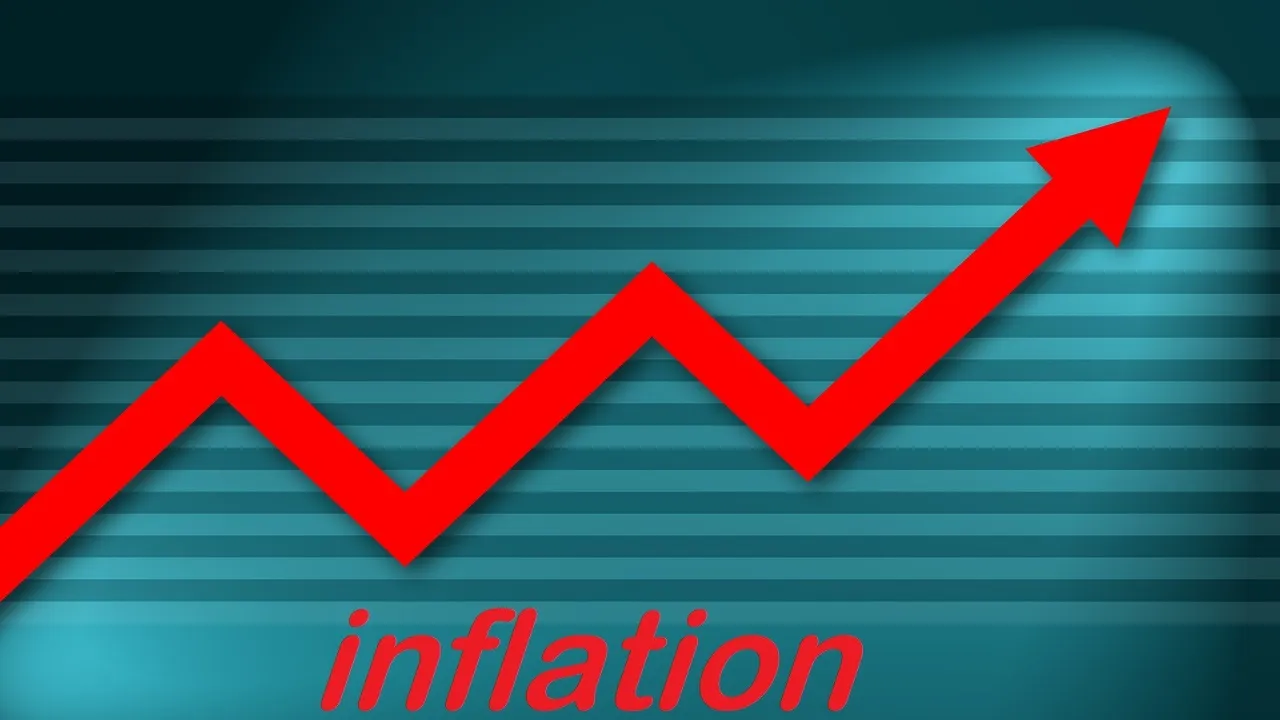The annual inflation rate, revealed last week, has purportedly been 7.3 per cent. This is the highest inflation rate in over 30 years and yet something doesn’t seem quite right.
Inflation was 6.9 per cent in March 2022. That was a big increase from December 2021, although it was not unexpected. We all knew the cost of basics was increasing rapidly. From fuel to rents to food, everything seemed to be increasing in price.
But, the thing is, it has got worse – much worse – since the end of March. Fuel prices have continued to increase, of course – and fuel prices influence the cost of everything – but so have food prices, and so have interest rates… and so has everything else. Everything costs more these days.
My house contents insurance increased by over 15 per cent in May. Rates in my area have increased by 9.5 per cent. Food prices have increased by so much that I don’t buy certain things now on principle; when my favourite yoghurt increased in price by 19 per cent, I just stopped buying it. Even my accounting software packages are all increasing their fees. They are jumping on the inflation bandwagon, too.
And they are seriously telling us that inflation is only 0.4 per cent ahead of what it was in March? Really?
Inflation was caused – as we all know – by the Labour Government printing too much money over the last couple of years. We might have been OK if it had stopped after the first lockdowns, but they continued well into 2021 without the same justification. Quantitative easing always causes inflation, as the Reserve Bank governor and the minister of finance ought to know. But the cure, which is to increase interest rates to dampen the economy, takes time to work. In the meantime, we are seeing rising prices everywhere, with inflation carrying on unabated.
Last Sunday, the day before the inflation figures were announced, Robertson held an unscheduled press conference announcing that fuel tax levies, reduced by the Government to help to curb inflation, would not be increased this year. This was taken as a sign that the inflation announcement was going to be bad, but TVNZ only speculated that it could be as high as seven per cent. March inflation peaked at 6.9 per cent. I was expecting it to be much higher. The announcement of an inflation rate of 7.3 per cent was a damp squib; no one in the media questioned why it wasn’t higher – they just accepted the number and rambled on about it being the highest inflation rate in over 30 years. That is true, but the surprise was that it was only 7.3 per cent.
The excerpts below are from an American article on inflation, but I suspect the calculations are much the same here.
For several years, there has been controversy about whether the CPI overstates or understates inflation, how it is measured and whether it is an appropriate proxy for inflation.
Originally, the CPI was determined by comparing the price of a fixed basket of goods and services spanning two different periods. In this case, the CPI was a cost of goods index (COGI). However, over time, the US Congress embraced the view that the CPI should reflect changes in the cost to maintain a constant standard of living. Consequently, the CPI has evolved into a cost of living index (COLI).
Over the years, the methodology used to calculate the CPI has undergone numerous revisions. The overall result tends to be a lower CPI. However, critics view the methodological changes and the switch from a COGI to a COLI as a purposeful manipulation that allows the US government to report a lower CPI.
David Ranson, another US economist, also questions the official CPI’s viability as an indicator of inflation. Ranson’s view is that the CPI is a lagging indicator of inflation and is not a good indicator of current inflation. According to Ranson, increases in the price of commodities are a better indicator of current inflation because inflation initially affects commodity prices, and it may take several years for this commodity inflation to work its way through an economy and to be reflected in the CPI.
Investopedia
It seems that the method of calculating the CPI has been changing over time and this may explain why inflation always seems higher at the fuel pump or at the supermarket checkout than the official figures tell us.
I have also always wondered if the traditional ‘basket of goods’ that is used to calculate the CPI still includes items such as bicycle pumps and spinning jennies. I wouldn’t be surprised.
But my first thought when these figures didn’t seem right is always the same. The only thing this Government does really well is to manipulate official figures to make things look better. Two outstanding examples are the unemployment rate, which omits anyone who has not been ‘actively’ looking for work for the past three weeks, thus not counting thousands of people receiving the dole but not doing anything about it.
The other is the Crown debt calculation, which now includes items such as superannuation funds and KiwiSaver funds, designed to make the asset side of the equation look better. This is nothing more than blatant manipulation of the official figures. If they can do it with Crown debt and unemployment, what is stopping them from fudging the inflation figures as well?
After all, no one in the media asked questions about it. They just accept the Government’s figures and carry on with their cheerleading. But something really does not seem quite right here. Maybe it is just that I don’t trust this government. After their escapades of the last few years, who could blame me?









